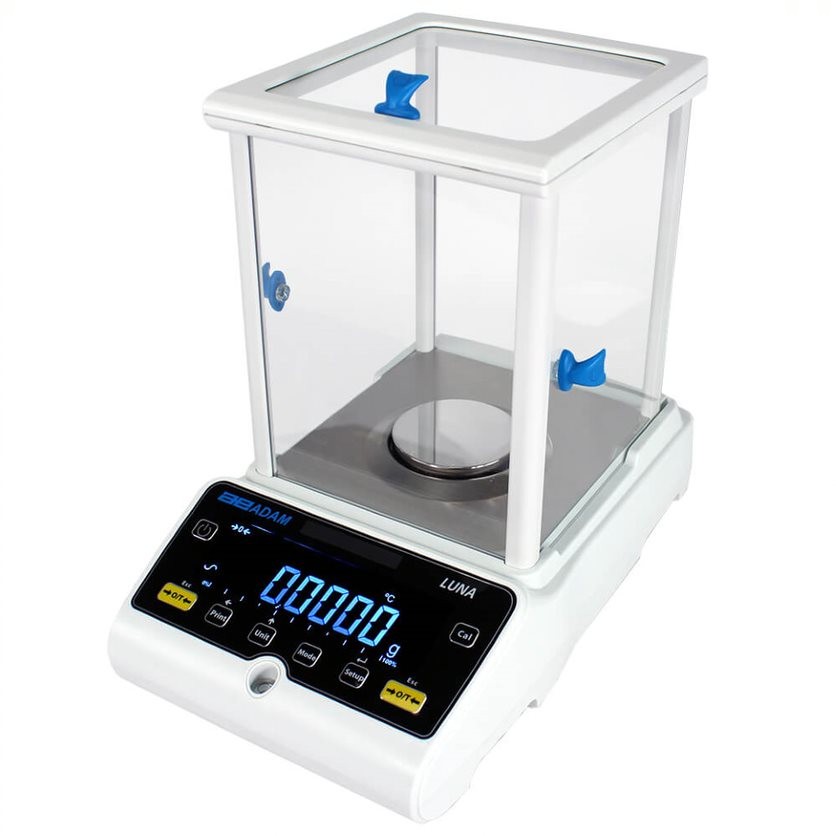The Role of Analytical Balances in Environmental Testing
The Role of Analytical Balances in Environmental Testing
Blog Article

In the realm of environmental testing, precision and accuracy are of utmost importance. High-precision laboratory analytical balances play a critical role in ensuring that measurements are reliable and consistent, which is essential for obtaining valid results. These instruments allow scientists and researchers to quantify substances with exceptional accuracy, contributing significantly to studies involving air quality, water pollution, and soil analysis.
W&J Instrument stands out as a professional manufacturer and supplier of a diverse range of electronic balances, moisture analyzers, viscometers, and various other laboratory instruments. Their commitment to quality and precision makes them a trusted partner in the field of environmental testing. By utilizing advanced technology and innovative designs, W&J Instrument provides solutions that help researchers achieve their objectives and address the pressing challenges of environmental monitoring.
Importance of Analytical Balances in Environmental Testing
Analytical balances play a crucial role in environmental testing by providing high-precision measurements that are essential for accurate analysis. In this field, the need to measure small quantities of substances, such as pollutants, toxins, or nutrients, is paramount. Even the slightest error in weight can lead to significant discrepancies in test results, which could undermine the validity of environmental assessments. Therefore, reliable analytical balances are indispensable tools for environmental laboratories.
Moreover, the ability of analytical balances to provide consistent and repeatable measurements enables researchers and technicians to obtain precise data over multiple tests. This reliability is vital when monitoring changes in environmental conditions or assessing compliance with regulatory standards. High-precision balances facilitate the quantification of trace elements and compounds, ensuring that even minor environmental impacts are detected and analyzed. As a result, accurate data aids in the formulation of effective strategies for environmental protection.
Additionally, the integration of advanced technology in modern analytical balances enhances their functionality in environmental testing. Features such as automatic calibration, moisture analysis, and data connectivity allow for more efficient workflows and improved data management. These enhancements not only streamline the testing process but also elevate the overall quality of environmental studies. By utilizing sophisticated weighing instruments, laboratories can significantly contribute to the preservation of ecological health and compliance with environmental regulations.
Key Features of W&J Instrument Balances
W&J Instrument balances are designed with exceptional precision to meet the rigorous demands of environmental testing. They feature high-resolution measurement capabilities, allowing for accurate readings in microgram increments. This level of precision is essential for laboratory settings where even the slightest variation can impact research outcomes. By utilizing advanced technology, these balances ensure consistently reliable results, which are crucial for regulatory compliance and scientific accuracy.
The user-friendly interface of W&J Instrument balances enhances their accessibility for laboratory personnel. With intuitive controls and clear digital displays, users can operate the balances with ease, minimizing the potential for operator error. The incorporation of various functionalities, such as tare and calibration options, streamlines the weighing process, making it efficient and effective in high-throughput laboratory environments. This combination of functionality and simplicity greatly contributes to improved workflow in environmental testing applications.
Durability and stability are also hallmark features of W&J Instrument balances. Engineered with robust materials, these balances can withstand the challenging conditions often found in laboratories. Their stable bases and vibration-resistant designs ensure that measurements remain unaffected by external disturbances, providing peace of mind for users. By investing in W&J Instrument balances, laboratories are equipped with reliable tools that guarantee long-term performance and accuracy in environmental analysis.
Applications in Environmental Laboratories
High-precision laboratory analytical balances play a crucial role in environmental testing, providing the accuracy needed for a variety of applications. One of the primary uses is in the analysis of soil samples, where precise weight measurements help determine nutrient content and pollutant levels. By accurately weighing the samples, researchers can calculate concentrations of elements and compounds that may impact soil health and ecosystem balance.
Another significant application is in water quality testing, where analytical balances are essential for measuring chemical reagents. The precision of these balances ensures that the correct amount of reagents is used in experiments to test for contaminants such as heavy metals and nitrates. This accurate measurement is vital to obtaining reliable data that informs both regulatory compliance and environmental protection measures.
Lastly, in air quality monitoring, analytical balances support the precise weighing of filters that capture airborne particulates. This process allows scientists to quantify particulate matter and assess air pollution levels. Accurate measurements are critical in studying the effects of air quality on human health and the environment, making high-precision balances indispensable tools in environmental laboratories.
Future Trends in Analytical Balances
The future of analytical balances is poised to witness remarkable advancements driven by technological innovations and increasing demands for precision. One of the most exciting trends is the integration of smart technology, allowing balances to connect to laboratory management systems and various devices. This connectivity enables real-time data sharing, enhancing the efficiency of workflows. Manufacturers like W&J Instrument are likely to lead this charge, developing balances that are not only highly precise but also equipped with advanced software for better data management and traceability.
High Precision Balance Manufacturers
Another noteworthy trend is the growing emphasis on sustainability in laboratory practices. As environmental awareness rises, there is a push for analytical balances that consume less energy and utilize eco-friendly materials. This aligns with broader trends in laboratory equipment focusing on reducing environmental footprints. W&J Instrument, with its commitment to innovation, may introduce balances that combine precision with sustainability, appealing to conscious laboratories aiming to reduce their impact on the environment.
Finally, user-friendly features are becoming increasingly important in the design of analytical balances. Modern researchers seek intuitive interfaces that reduce the learning curve and enhance usability. The focus on ergonomics will lead to balances with touch-screen displays, customizable settings, and simplified calibration processes. As W&J Instrument continues to innovate, it will likely prioritize user experience, ensuring that high-precision balances are accessible and efficient for researchers across various scientific fields.
Report this page